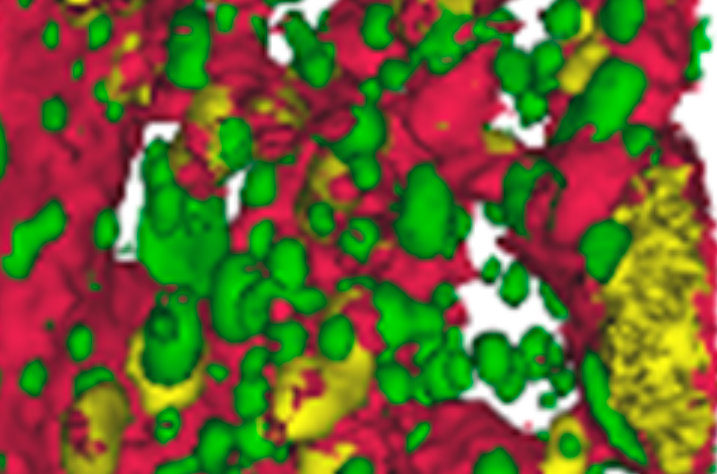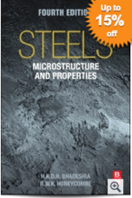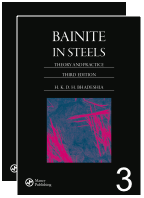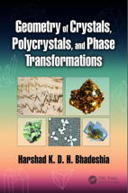

Maraging steels gain many of their beneficial properties from heat treatments which induce the precipitation of intermetallic compounds. We consider here a two-stage heat-treatment, first involving austenitisation, followed by quenching to produce martensite and then an ageing treatment at a lower temperature to precipitation harden the martensite of a maraging steel. It is shown that with a suitable choice of the initial austenitisation temperature, the steel can be heat treated to produce enhanced toughness, strength and creep resistance. A combination of small angle neutron scattering, scanning electron microscopy, electron back-scattered diffraction, and atom probe tomography were used to relate the microstructural changes to mechanical properties. It is shown that such a combination of characterisation methods is necessary to quantify this complex alloy, and relate these microstructural changes to mechanical properties. It is concluded that a higher austenitisation temperature leads to a greater volume fraction of smaller Laves phase precipitates formed during ageing, which increase the strength and creep resistance but reduces toughness.
Materials, 10 (2017) 1346 (24 pages).
Download data from alternative server

 4th edition, 2017 |
 Free download |
 Free download |
| PT Group Home | Materials Algorithms |